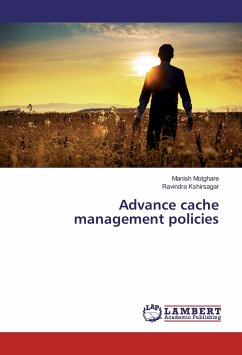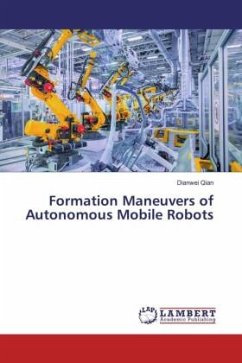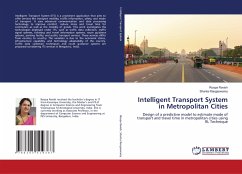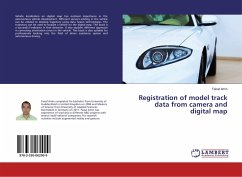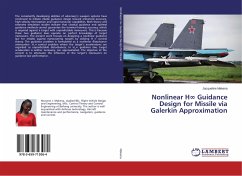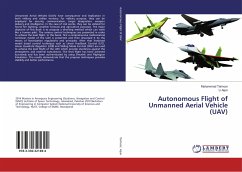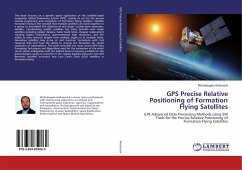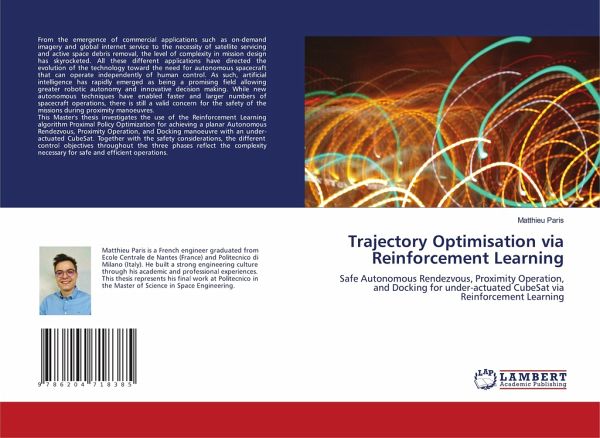
Trajectory Optimisation via Reinforcement Learning
Safe Autonomous Rendezvous, Proximity Operation, and Docking for under-actuated CubeSat via Reinforcement Learning
Versandkostenfrei!
Versandfertig in 6-10 Tagen
27,99 €
inkl. MwSt.

PAYBACK Punkte
14 °P sammeln!
From the emergence of commercial applications such as on-demand imagery and global internet service to the necessity of satellite servicing and active space debris removal, the level of complexity in mission design has skyrocketed. All these different applications have directed the evolution of the technology toward the need for autonomous spacecraft that can operate independently of human control. As such, artificial intelligence has rapidly emerged as being a promising field allowing greater robotic autonomy and innovative decision making. While new autonomous techniques have enabled faster ...
From the emergence of commercial applications such as on-demand imagery and global internet service to the necessity of satellite servicing and active space debris removal, the level of complexity in mission design has skyrocketed. All these different applications have directed the evolution of the technology toward the need for autonomous spacecraft that can operate independently of human control. As such, artificial intelligence has rapidly emerged as being a promising field allowing greater robotic autonomy and innovative decision making. While new autonomous techniques have enabled faster and larger numbers of spacecraft operations, there is still a valid concern for the safety of the missions during proximity manoeuvres.This Master's thesis investigates the use of the Reinforcement Learning algorithm Proximal Policy Optimization for achieving a planar Autonomous Rendezvous, Proximity Operation, and Docking manoeuvre with an under-actuated CubeSat. Together with the safety considerations, the different control objectives throughout the three phases reflect the complexity necessary for safe and efficient operations.



